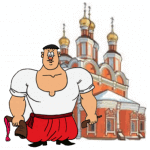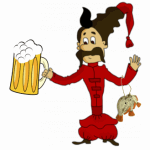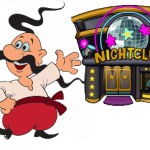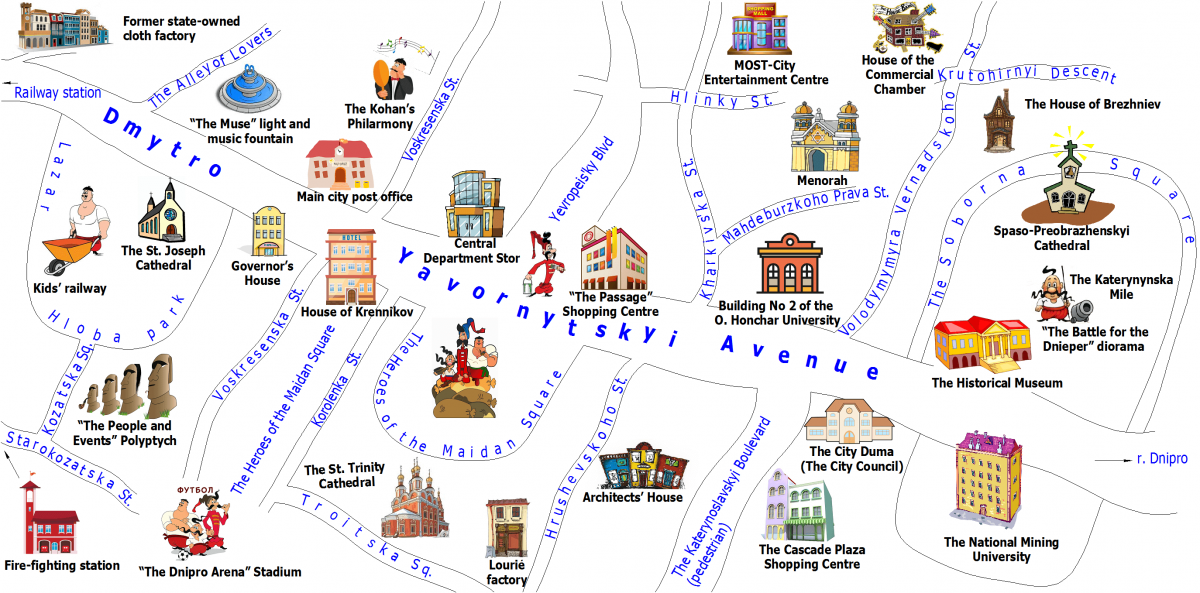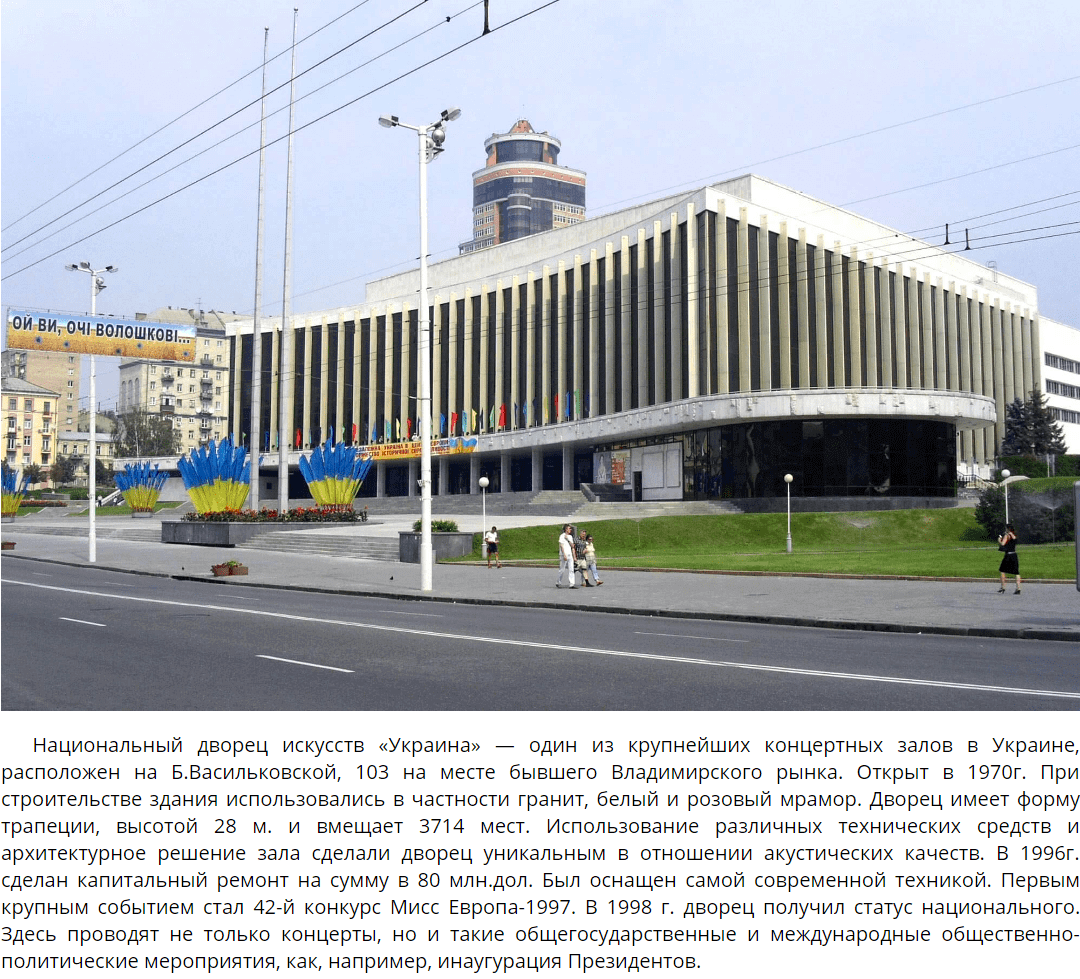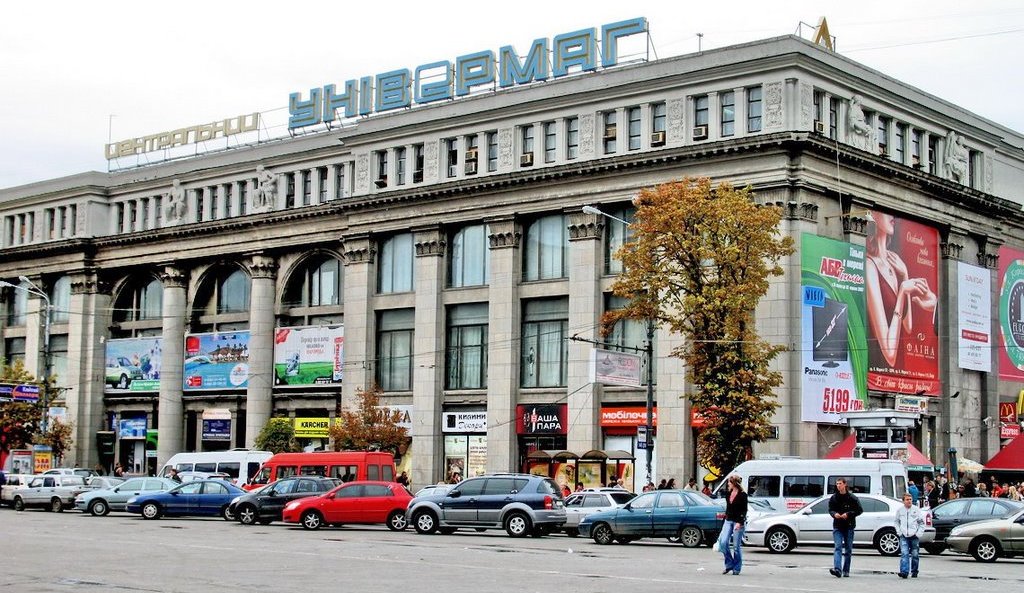Sightseeing tour around Dnipro city
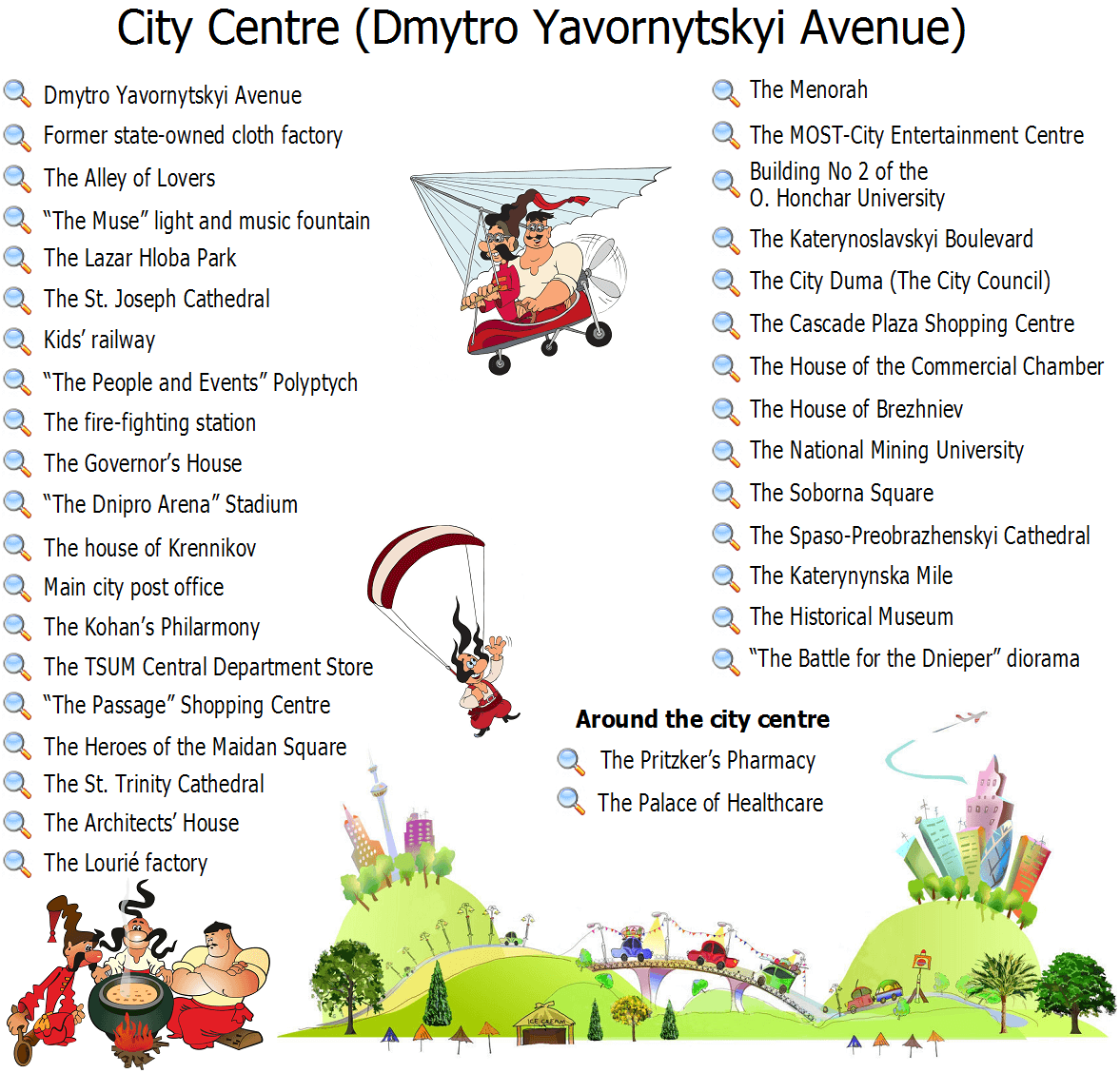
We conduct sightseeing tours around Dnipro, where you get acquainted with the history of the city and see the main attractions, such as: Transfiguration Cathedral, City Duma, Catherine Mile, Menorah and others. Our route: Yavornytsky Avenue – Heroes of the Maidan Square – Yekaterynoslavsky Boulevard – Soborna Square. The tour is pedestrian (passes in the center) or pedestrian-car (center + promenade).
Duration – 2-3 hours.
OTHER INTERESTING PLACES IN THE CITY CENTER
Map of Dnipro city centre
A sightseeing tour around Dnipro is a popular route for the first-time visitors to the city, those who arrived for a couple of days on a business trip or just passed by Dnipro, formerly known as Dnipropetrovsk.
Whenever I’m visiting a new place for the first time , I want to see everything at once. However, if you are restricted by time, then of course, you should see the most popular and the most significant sights and attractions. What does the sightseeing tour around Dnipro have to offer?
It’s just so simple! After all, the lion’s share of all ancient architectural monuments is concentrated on the main artery of the city – the Dmytro Yavornytskyi avenue.
The 5-km long central city avenue is one of the oldest roads in Dnipro. Among the sights located on the avenue and the nearby streets, one must visit the historical museum, the church of St. Joseph the Betrothed, the main post office, the building of the city municipality and other historical monuments that have remained till now.
Near the walls of the historical museum you will find the largest collection of the oldest sculptures in Ukraine, known as the “stone women”. Among them: the stone sculptures named “Natalia” and “Kernosovske”, which have no analogues in all of Europe. Also here are you can see the Eneolithic statues, as well as the stone women from the times of the Scythians and the Polovtsians.
Near the museum, there is a unique object – the “Battle for the Dnieper” diorama, which is one of the largest in the world and is dedicated to the events of the Second World War.
The avenue is adjacent to the Heroes of the Maidan Square, the Cathedral and the Trinity Square. The Heroes of Maidan Square is the main city square where concerts, festivals and various events take place. During the Christmas season, the main Christmas tree of the city is established there. The most beautiful square in Dnipro is the Cathedral Square with its main highlight – the Preobrazhenskyi Cathedral, built in the style of classicism. Right behind the Heroes of the Maidan Square you will see the Trinity Square with the eponymous Holy Trinity Cathedral built in the XIX century.
Dnipro has also got its Montmartre – the 160-m long Katerynoslavskyi Boulevard. For its architectural beauty, the citizens called it the corner of Europe. The Katerynoslavskyi Boulevard became the main landmark of Dnipro, as well as a favorite place for promenades and time out. There are all kinds of shops, cozy coffee shops, lounge bars and expensive restaurants. The boulevard’s highlights are the fountain alley and the stone benches.
The Menorah is another prominent building in Dnipro. It is a Jewish complex in the form of seven menorah-towers with an area of 50 thousand square meters, which made it the largest one in the world. On the roof of one of the Menorah towers, there is a 63-m high observation deck opening a stunning view of the city. The complex houses art galleries, offices, souvenir shops, cafes, restaurants and a hotel. Three floors of the Menorah have become “The Memory of the Jewish People and the Holocaust in Ukraine” Museum, which is the third largest memorial complex in the world.
The pride of Dnipro is its embankment, which today is the longest one in Europe (20 km) and has long been the main landmark of the city. Walking along the embankment, you will see the glass “Ball of Wishes”, the light and music fountain, the longest “family” bench in Ukraine and much more. From the embankment one can see the Monastery Island, where “The Roaring River Wall” waterfall is located.
Dnipro is famous as the city of fountains. You will not find so many fountains as in any city of Ukraine. Here you can see cascading, floating, really tiny fountains and, of course, light and music one. Each of them is beautiful in its own way and fascinates with the magic of the water element.
We suggest that you make sure of that by yourself. Come to this wonderful city, located on the Dnieper River and book a couple of hours’ sightseeing tour around the Dnipro in order to enjoy its splendor.






